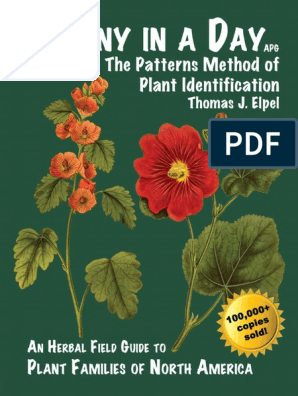15+ Pulling Rhubarb Plants
Rhubarb can be grown from seed but its more common to plant dormant crowns between autumn and spring. Generally you can plant rhubarb in spring or late in the fall.

Perfect Pickle Recipe Great Pickle Recipe Pickling Recipes Pickles Dill Pickle Recipe
By pulling rather than cutting your rhubarb the plant recovers a little more quickly.

15+ pulling rhubarb plants. Rock the stalk back and forth to loosen it from the soil. It needs to be well drained and fertile. A giant rhubarb plant can be a strong competitor against weeds.
Plants will grow best in a fertile well-draining soils rich in organic matter with a pH between 60 and 70. When harvesting rhubarb from your garden harvest the stalks when the leaves are fully open and the stalk is 7-15 inches long. In following seasons you may remove 3 or 4 stems per plant as long as you leave a similar amount.
The leaves can be composted but please dont eat them as they are high in oxalic acid and therefore poisonous. You only need make the area around the rhubarb plant dark so you place a rhubarb forcing pot over the top of it you can buy a specific one or just use an old bucket. After you plant the rhubarb roots cover the soil with a layer of mulch and continue to water them throughout the spring and summer whenever the soil looks dry.
Pull or cut the leaves from the stem as they contain oxalic acid which is poisonous. If it is the plants second season only pull two stems per plant leaving at least five healthy stems. While the plant is establishing itself during the first year or two keep weeds controlled by hoeing or hand pulling.
Frequent shallow cultivation will kill weeds before they become a problem. First cut off any leaves that are still on the stalk. Rhubarb is a hardy plant that can withstand temperatures as low as 35F 16C.
The plant requires winter temperatures below 44C 40F to break dormancy. Be sure to leave at least 13 of the rhubarb. Remove all the roots from any weeds that have established in this new growing area before you plant.
Store whole rhubarb stalks unwashed in the refrigerator. If you are growing rhubarb from seed plant eight weeks after the last frost date. Leave at least 13 of the stalks on the plant in spring time to ensure it continues to grow and thrive throughout the summer.
Rather than cutting the stalk grab the stalk close to the base and twist slightly while pulling. But if its too difficult to reach you can use a sharp knife to cut the stalks as close to the ground as possible. Your rhubarb should be used as soon as possible after harvesting in order to get the best results from the plant.
Remove the stalks by pulling gently from the base of the plant while using a twisting motion. You should also fertilize your rhubarb every spring to encourage healthy growth. To grow rhubarb plant some rhubarb roots during the spring in a sunny spot with well-draining soil.
Its important to only harvest a few stems at a time never more than half of the available stems as over-cropping will reduce the plants vigour. Forcing Rhubarb Rhubarb can be forced by covering with a large container like a dustbin or large pot to exclude any light. Rhubarb needs an open sunny site with moist but free-draining soil as it dislikes being waterlogged in winter.
Be careful not to damage the plants when cultivating. So dig the planting area well and add compost and manure a few weeks before you plant if possible. Continue digging and rocking until you can pull the rhubarb out of the soil.
The soil the rhubarb will be growing in is most important to get right. Avoid planting in sites that are particularly prone to late frosts as the young stems may be damaged. Plant rhubarb crowns when the ground is workable.
To harvest pull each rhubarb stalk from the base of the stem and twist it away from the crown. The plant will take just a little longer to recover. Dig around the base of the rhubarb stalk with a trowel.
Keep your rhubarb plant watered and fertilized as you normally would and your rhubarb will be. Technically pulling is preferred because it allows the plant to recover a little more quickly but cutting wont kill the plant itll just take longer to bounce back. Planting Rhubarb in Different Climates.
In the fall plant once the rhubarb is dormant. Keep your tool away from the plant itself. Rhubarb will grow optimally at temperatures of 1520C 5968F and is adapted to high rainfall as long as there is adequate drainage.
Trim the leaves and put them in the compost.

Oxalis Spider Plant Oxalis Chlorophytum The Purple Leaf Is Oxalis And The Green And White Leaves Are Spider Plant Both G Plants Spider Plants White Leaf

Rhubarb Seeds Victoria Vegetable Seeds In Packets Bulk Eden Brothers

Yacon S Edible Tubers Are Sweet And Crunchy Giving It The Nickname Ground Apple Yacon Root Is Crunchy And A Little Bit Sweet And Great Tubers Apple Growing

Lettuce Seeds Ruby Vegetable Seeds In Packets Bulk Eden Brothers

Organic Lettuce Seeds Garden Blend Vegetable Seeds In Packets Bulk Eden Brothers

Garden Ideas Do It Yourself Gardeningideas Palletgardenideas Vegetable Garden Planning Garden Design Plans Garden Planning
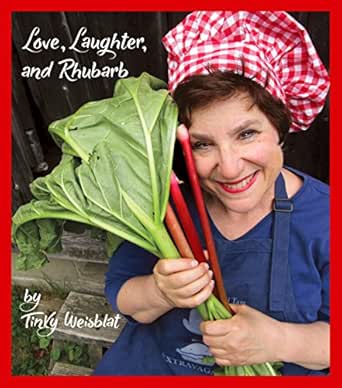
Love Laughter And Rhubarb Kindle Edition By Weisblat Tinky Cookbooks Food Wine Kindle Ebooks Amazon Com

Hanging Air Plant Jellyfish On Strand Etsy In 2021 Hanging Air Plants Air Plants Diy Air Plants Decor

Desert Commotion Succulent Arrangement By 2craftycougs On Etsy 30 00 Succulent Garden Diy Succulent Arrangements Succulent Garden Design
Botany In A Daythe Patterns Method Of Plant Identification 6 1 Edition By Thomas J Elpel Petal Taxa
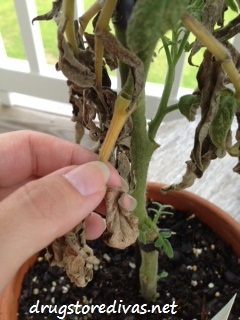
33 Genius Gardening Hacks You Must Try This Season

Sedum Autumn Joy Garden Housecalls Garden Plants Design Plants Sedum Garden
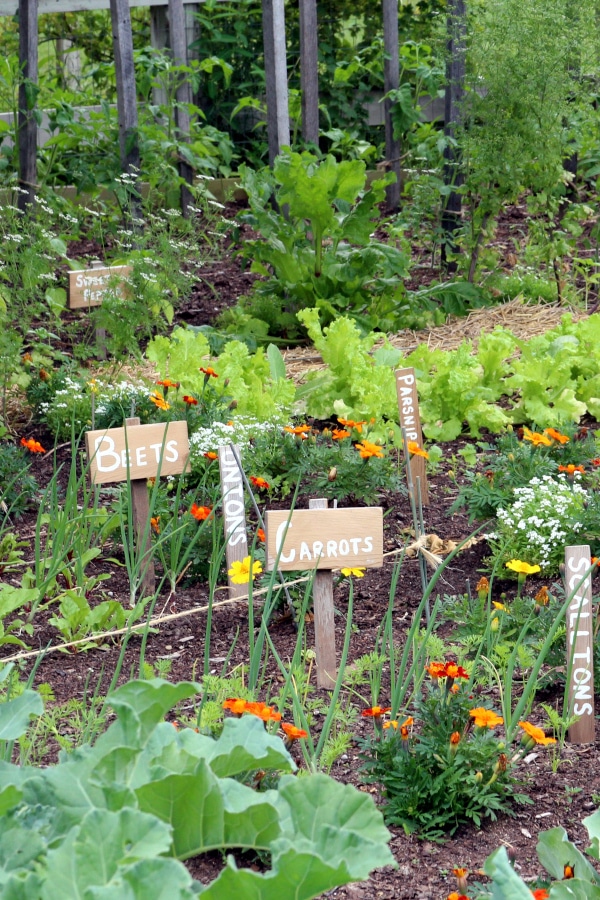
33 Genius Gardening Hacks You Must Try This Season
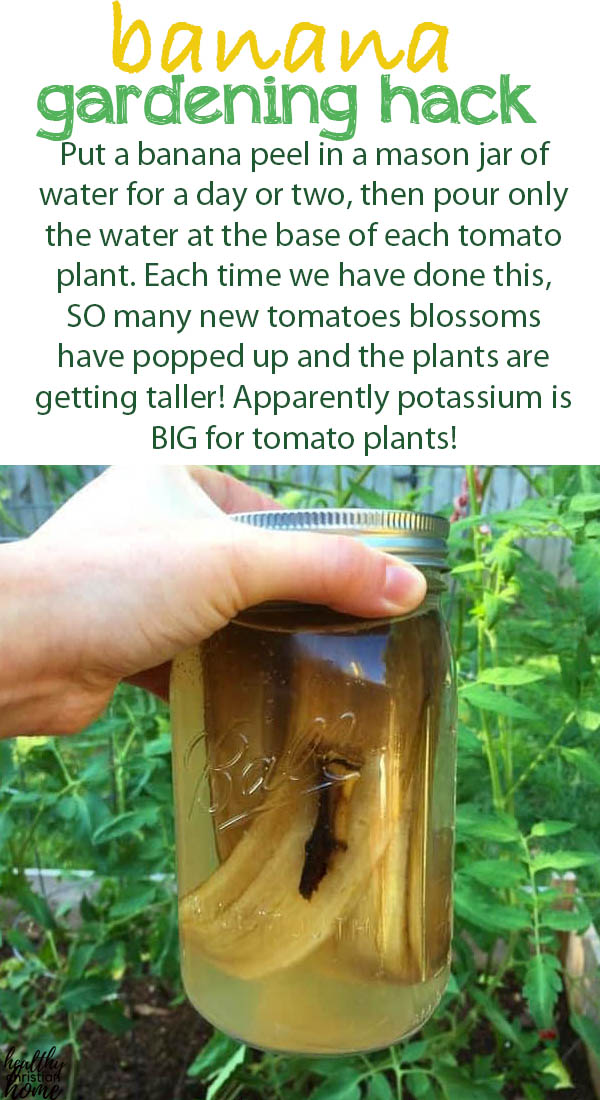
33 Genius Gardening Hacks You Must Try This Season
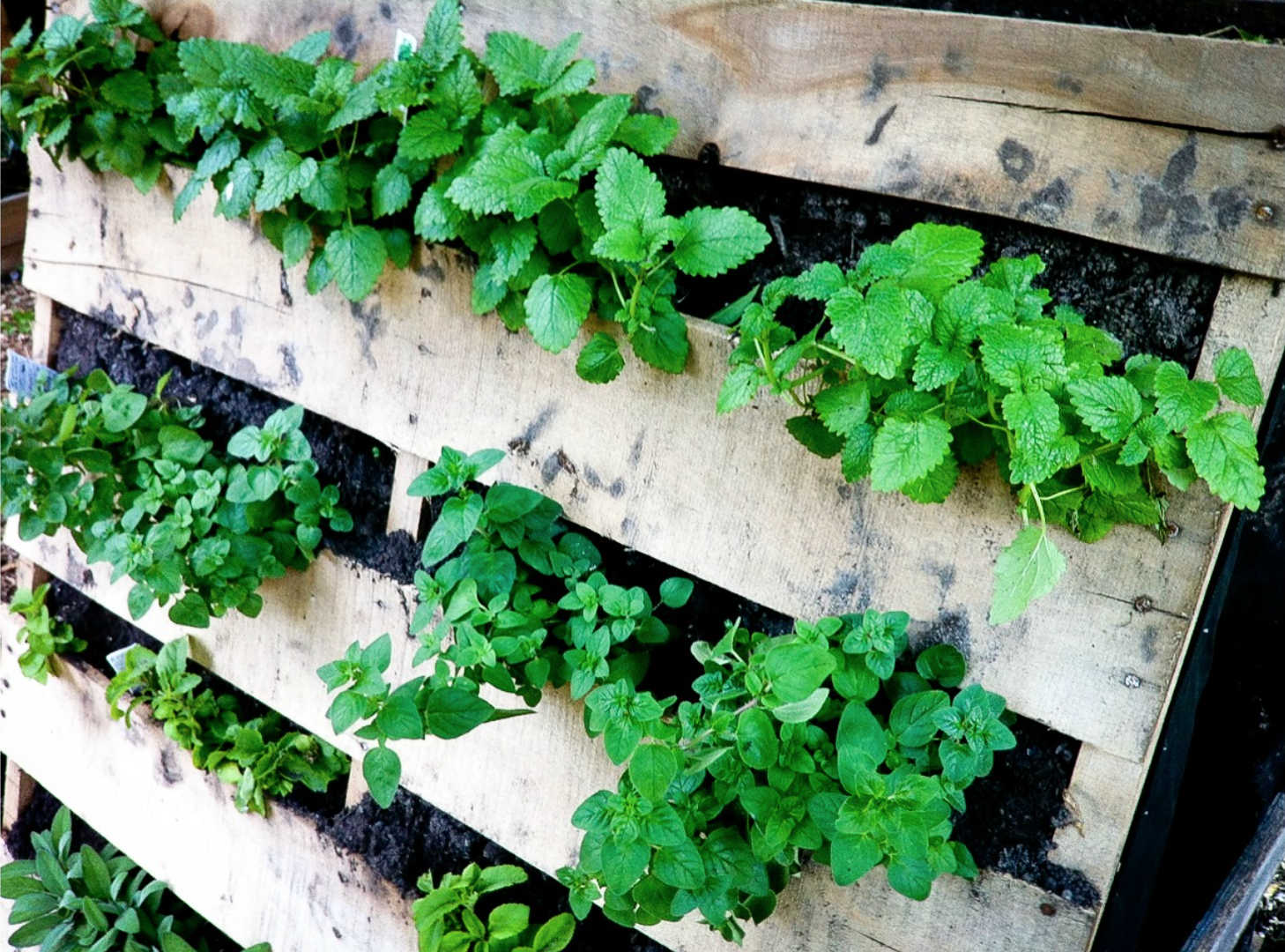
33 Genius Gardening Hacks You Must Try This Season

Prosciutto Basil Fig Jam Goat Cheese Crostinis A Pretty Life In The Subur Strawberry Rhubarb Recipes Strawberry Rhubarb Muffins Dutch Baby Pancake Recipe

Pineapple Pull Apart Cupcakes Bakingcupcakes Pull Apart Cupcakes Pull Apart Cupcake Cake Cupcake Cakes
